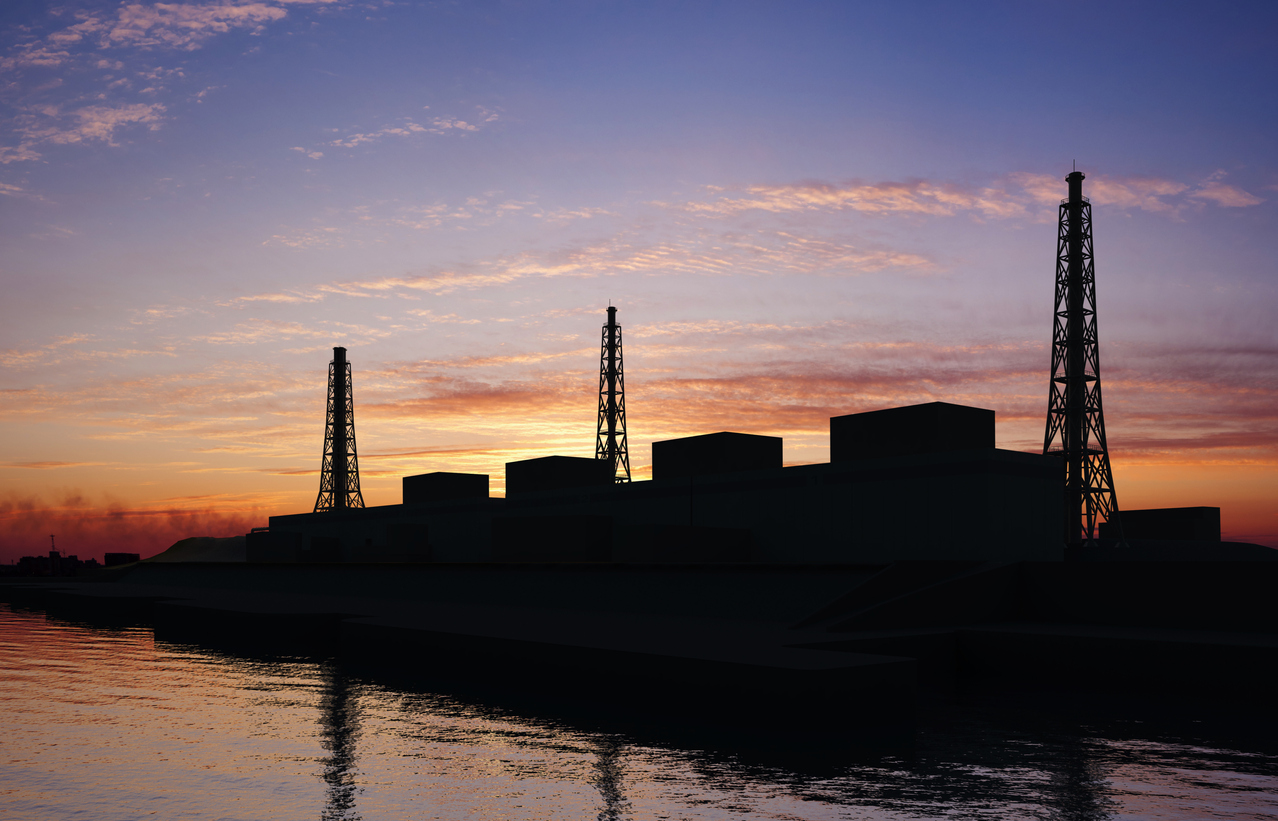2023/10/10
Japan’s Discharge of Treated Radioactive Wastewater into the Ocean; Open Discussion Needed to Protect the Future of the Fishery and the Environment

China’s response to Japan’s release of treated radioactive water from the Fukushima Daiichi Nuclear Power Plant of the Tokyo Electric Power Company (TEPCO) into the ocean has once again revealed how eccentric China is. The reasons for this may include Chinese people’s dissatisfaction with Japan’s position since the division between the US and China and their frustration with the current slowdown in China's economic growth. China’s external stance is also directed at other countries aside from Japan. On August 28, China released a new map showing all areas and waters in conflict over territorial rights as “Chinese territories.” Of course, the countries concerned reacted against this map all at once. This tactic of daring to cause a new firestorm just before the ASEAN Summit is literally “wolf warrior diplomacy.”
China’s stance toward other countries is enough to harden the mood in these countries. It seems that discussions and public expressions of concern on treated water discharge have been completely blocked out. The advanced liquid processing system (ALPS) removes radioactive materials other than tritium contained in highly contaminated water generated by molten nuclear fuels (fuel debris) below the regulatory standard. The treated water containing tritium is then diluted with seawater, and eventually released into the ocean. This is the process of discharge of treated water. In other words, radioactive materials other than tritium also remain, although they are very small amounts below those of regulatory standards, which is the main point of concern.
At this point, only 30% of the treated water meets the standards, and the remaining 70% requires re-treatment. Newly generated contaminated water is approximately 90 tons per day, and rainwater and groundwater still continue to run into nuclear reactor buildings and other buildings. The discharge is expected to last for approximately 30 years. Will the quality of the equipment and operations be guaranteed during the period? Isn't it possible the discharge will continue for more than 30 years? How much will the total amount of released residual materials be? The half-life of strontium-90 is 28.8 years, that of cesium-137 is 30.2 years, and that of carbon-14 is 5,700 years. Is there any concern about biological concentration? Is it no longer possible for atmospheric release treatment or mortar solidification treatment to be put on the table as an alternative solution to the discharge of treated water? The essence of the criticism is not a cost issue, let alone a diplomatic problem. In order to prevent reputational damage, gain the understanding of fishermen, and protect the environment, I hope that the government will work hard to resolve people's concerns through discussions without predictions and with sincere actions.
Originally, the biggest problem in decommissioning nuclear reactors is that it takes a ridiculous amount of time to reach the final solution, in addition to the technical difficulties to be coped with. Already, or rather, only 12 and a half years have passed since the earthquake, and TEPCO is still being questioned by the Nuclear Regulatory Commission (NRC) on its “eligibility” as a nuclear power operator. The company promised to “respond to the problem vigilantly and urgently,” but I suspect that there is organizational slackness to safety to some extent. Are they prepared to pass on the sense of vigilance and urgency that they have expressed to the next generation, and the generations beyond? Fukushima was a victim of a “safety myth.” And now, we must not make the water discharge a new “myth.” I hope that TEPCO will not hesitate to make a decision to choose it if there is a more secure technology or a more reliable option to guarantee our safety and security for the future, because we, living in the current era, will not be able to see the final result of the decommissioning of the reactors.
This Week’s Focus, September 8
Takashi Mizukoshi, the President
[Related Posts]
“Controversy Over the Ocean Release of the Contaminated Water, Recovery of Trust in the Nuclear Energy Policy is Essential,” This Week’s Focus, March 19, 2021
“Multi-Nuclide Removal Equipment (ALPS) Undermines Public Confidence in Its Operation; TEPCO and the Administrative Bodies Should Bid Farewell to the Age of “Myth,”” This Week’s Focus, September 17, 2021